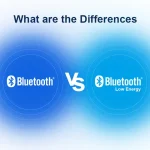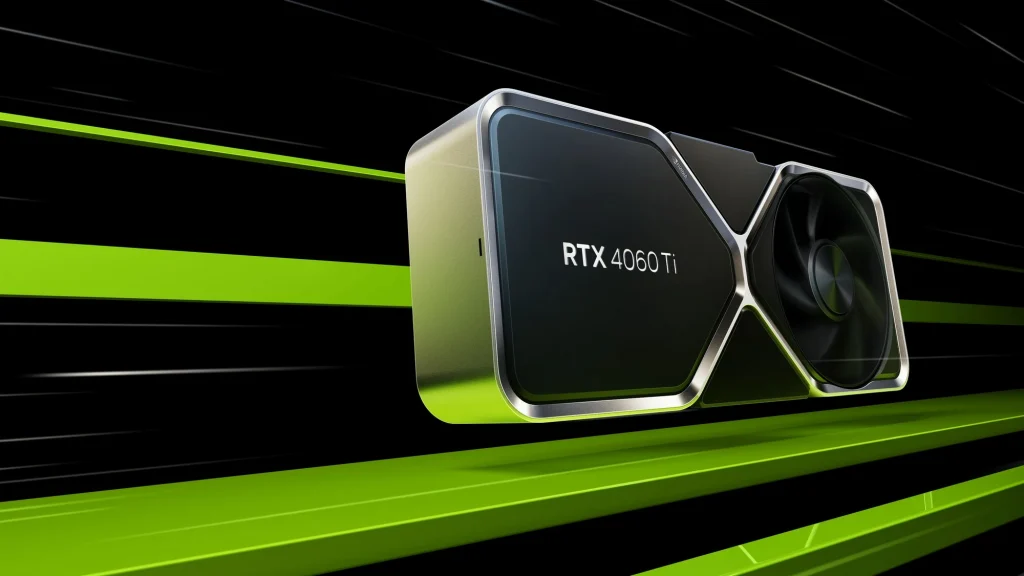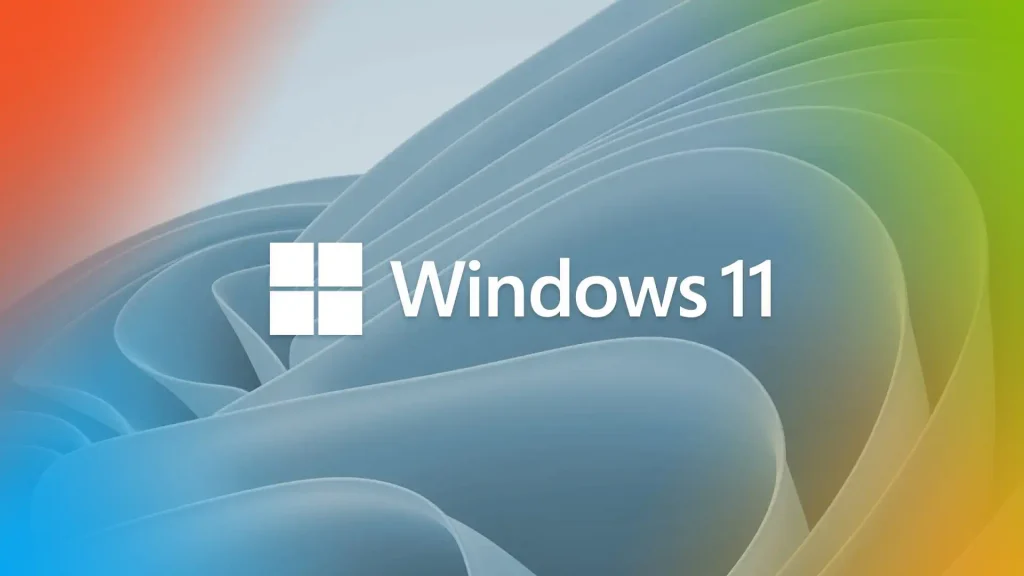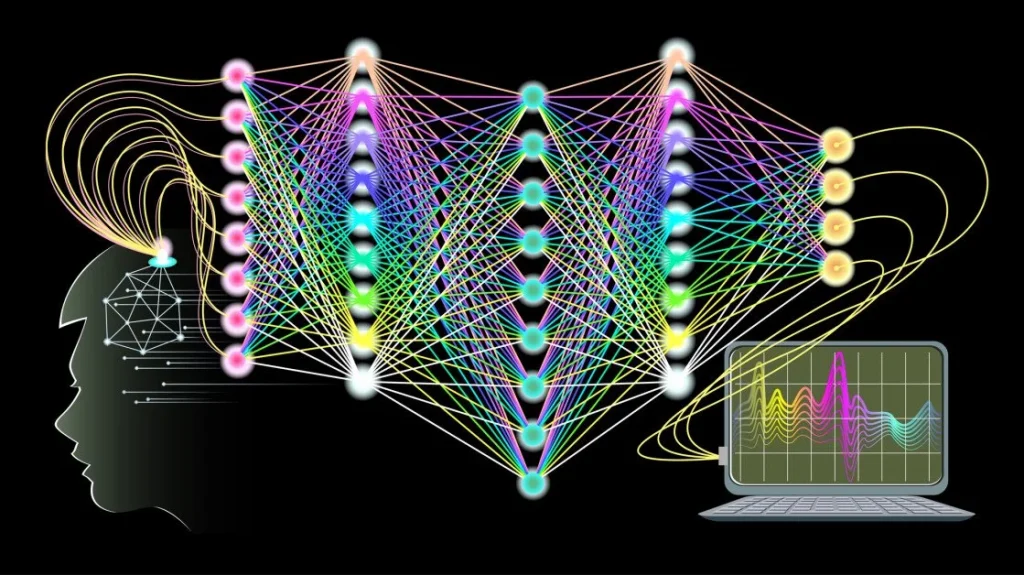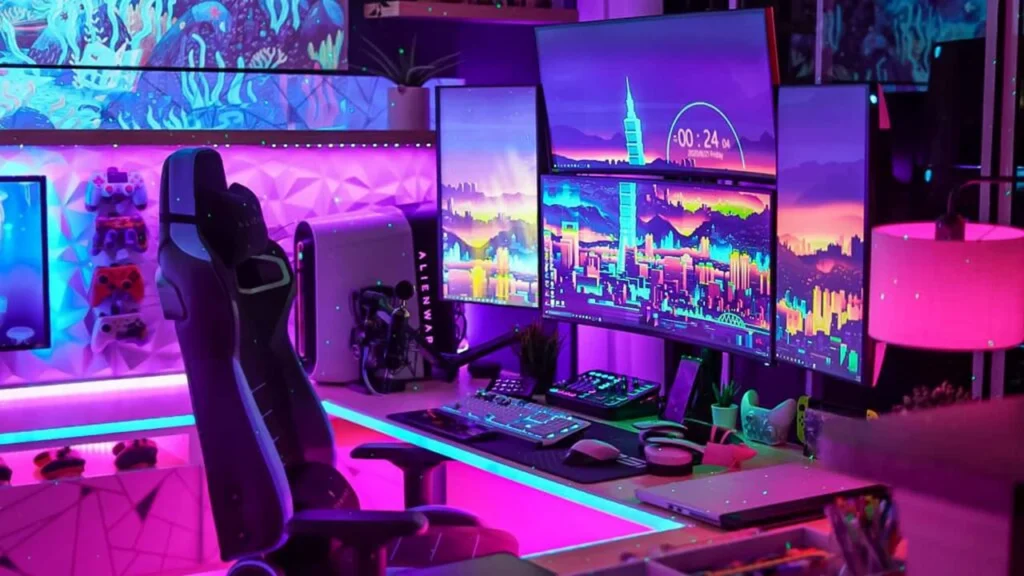Exploring the Power of Image Generation Technology
In recent years, image generation technology has emerged as a groundbreaking tool in various sectors, including art, entertainment, advertising, and more. This technology relies on advanced algorithms and artificial intelligence (AI) capabilities to create realistic and detailed images from textual descriptions or conceptual input. Its development represents a significant leap from traditional graphic design tools, providing a new platform for creativity and implementation in digital media.
Understanding Image Generation Technology
At the core of image generation technology are two predominant forms of AI: Generative Adversarial Networks (GANs) and transformer models like OpenAI’s DALL-E. GANs work through two neural networks contesting with each other— one generates the image, while the other evaluates it. This interaction helps refine the end product to a high fidelity representation. DALL-E, on the other hand, leverages a variant of GPT (Generative Pre-trained Transformer) architecture, which was initially used for understanding and generating human-like text, to generate images based on textual descriptions.
Applications Across Industries
The versatility of image generation technology extends it well beyond art and graphic design. Here’s how various industries are harnessing its power:
- Entertainment and Media: In filmmaking and video game production, this technology fosters environments, characters, and objects swiftly and cost-effectively, enhancing the visual experience without the constraints of physical scene setup.
- Advertising and Marketing: Companies can generate customized visual content that aligns perfectly with brand messaging and campaign goals without the need for extensive photo shoots, reducing time and expense.
- Healthcare: Image generation aids in medical training and simulation, providing realistic 3D models for surgical preparation and educational purposes, improving understanding and outcomes.
- Fashion and Retail: Fashion designers and retailers use this technology to visualize clothing on various body types and in different styles or settings, offering a richer customer experience.
- Interior Design: Architects and interior designers can create lifelike models of living spaces, allowing clients to visualize potential design setups and adaptations easily.
Challenges and Ethical Considerations
Despite its benefits, image generation technology raises significant challenges and ethical concerns:
- Intellectual Property: Determining ownership of AI-generated images can be complex, as these do not always involve a human artist directly. This raises questions about copyright and the originality of AI creations.
- Data Privacy: The training datasets used for these technologies could contain personal or copyrighted images, leading to privacy violations and legal implications.
- Deepfakes and Misinformation: This technology also enables the creation of deepfakes, which are highly realistic and often convincing images or videos that depict untrue events or fake statements by individuals, potentially leading to misinformation and manipulation.
- Job Displacement: The automation of tasks traditionally performed by graphic designers and artists might lead to job displacement in some sectors.
The Future of Image Generation Technology
Looking ahead, the capabilities of image generation will likely continue to evolve and improve, pushing the boundaries of what is creatively possible while lowering operational costs across various fields. Ongoing research is also focusing on addressing the ethical concerns, aiming to create more secure and fair applications of the technology.
As AI continues to advance, the integration of stricter ethical guidelines and implementation of more robust data management policies will be key in shaping the progressive landscape of image generation technology. This synergy will enable responsible innovation, ensuring the technology not only enhances artistic and operational capabilities but also respects privacy, security, and ethical norms.
In conclusion, image generation technology is not just a tool for creating art or media content but a revolutionary asset that holds the potential to redefine traditional industries. However, its future will largely depend on how we tackle its challenges today, setting a path for it to be a creative co-partner rather than a disruptive force.


